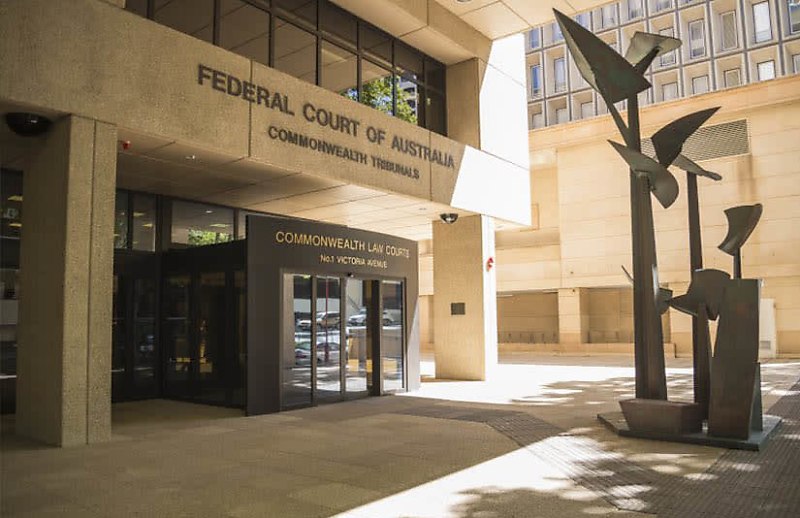A trustee’s bid to dodge paying tax on properties sold from a bankrupt estate has been rejected in a court ruling that confirms bankruptcy trustees are on the hook for CGT obligations.
William Robson, trustee for the bankrupt estate of Clifford Dylan Lanning, sought to escape liability for CGT on the sale of two of Lanning’s Noosa properties which sold for a combined $388,000 in 2020 and 2021.
You’re out of free articles for this month
However, in a judgment last week, the Federal Court dismissed Robson's argument that the tax laws around CGT did not apply to bankruptcy trustees.
“The legislative history is consistent with a primary tax liability arising for the bankrupt and an ancillary liability arising for the trustee,” Justice Kylie Downes said.
"No cogent submissions were presented by the applicant to cause me to take a different view."
The ruling was welcomed by the Australian Financial Security Authority (AFSA) for confirming its existing approach and guidance.
“The judgment, and clarification of this matter, serve as important reminders to trustees of their legal obligations with regard to the treatment of CGT in bankruptcy,” AFSA's inspector-general in bankruptcy said in a statement.
Under section 254(1) of the Income Tax Assessment Act 1936, bankruptcy trustees are liable to pay CGT when they sell an asset and make a profit.
Robson challenged the provision during an appeal of an ATO objection decision made in 2022, following a private ruling that held him liable for paying CGT on the $388,000 in sale proceeds.
In court, Robson ran several arguments to show the provision did not apply to him and that the capital gains should be treated as if they were made by Lanning instead.
He argued a trustee in bankruptcy was not a trustee “in the ordinary sense of the word” and was not acting in a “representative capacity” as required by section 254(1).
Failing that, he used ITAA 1997 to argue section 106-30 “carved out” trustees so that proceeds from the Noosa properties should be considered as being owned by Lanning.
“This has the consequence that if the trustee triggers a CGT event, such as by disposing of the asset, the primary tax liability for any capital gains falls on the bankrupt rather than the trustee,” he said.
Additionally, he claimed the act’s intention suggested tax liabilities arising after bankruptcy should be handled outside of the bankruptcy process.
Robson also said that applying section 254(1) to capital gains by a bankruptcy trustee unfairly prioritised tax debts over other claims, giving tax authorities preferential treatment, as the full tax debt would be paid before the trustee's fees and other creditors' claims.
But the Federal Court dismissed Robson's appeal, ruling that section 254(1) did apply to him and that he was responsible for the CGT on the capital gains from Lanning’s properties.
It said the construction of the section meant it applied to “every trustee”, which worked against Robson’s arguments and meant receipt of a capital gain in a “representative capacity” was broad enough to capture a trustee in bankruptcy who received a capital gain.
“The liability of a trustee to pay tax under section 254(1) is a personal liability that arises in the course of disposing of an asset and is, in substance, made by section 254 to be part of the cost of selling that asset,” Justice Downes said.
“If the payment of the capital gains tax can be somehow characterised as a ‘preferential payment’, then so be it.”
She added that the carve-out for trustees in section 106-30 of the ITAA 1997 did not apply to limit section 254 of the ITAA 1936. “Neither section 106-30 nor the fact that the primary liability falls on the bankrupt prevents section 254 from imposing an ancillary liability on the trustee in bankruptcy.”
The notion that taxation liabilities arising after the declaration of bankruptcy should be handled separately was also “infected with an incorrect assumption that there can only be one party liable for paying the tax assessed upon the gain of a capital nature derived from the sale of the properties”, she said.

 Login
Login







